For decades they pushed to revive Cranston Street Armory. All they have is an empty shell.
PROVIDENCE — Twenty years ago, Mike Ritz bought his home because of the view of the castle at the end of Chapin Street.
"There's no question that was a motivating factor for living in that neighborhood," Ritz said.
At one point, he wore a small gold pin in the shape of the Cranston Street Armory, which the West Broadway Neighborhood Association sold for $5 in hopes of generating support for the building's redevelopment.
"I would wear that all over the place and provoke questions about the Armory and what's happening with the Armory," Ritz recalled.
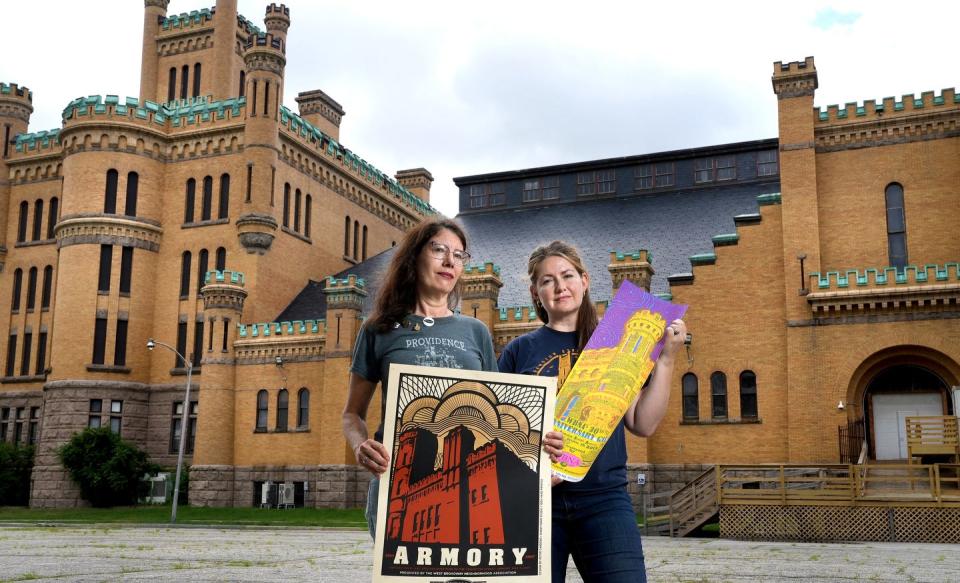
Right now, nothing is happening with the Armory. And that's been the story for nearly 30 years.
Ever since the National Guard vacated the building in late 1996, the WBNA has been pushing for reuse of the cavernous space. Sound stages, recreational space, apartments and more have been offered as options. Still, neighbors — some of whom have dedicated significant parts of their lives to such advocacy — are left with a hollow shell.
Neighborhood association wonders — where is the political will?
Kari Lang, who led the WBNA for more than 25 years, arrived at a coffee shop in late June with a massive binder of black-and-white images, an old bumper sticker, a stack of history books and a yellowed pamphlet advertising an "Armory Alive! Campaign" — all testaments to decades of effort on the building's behalf.
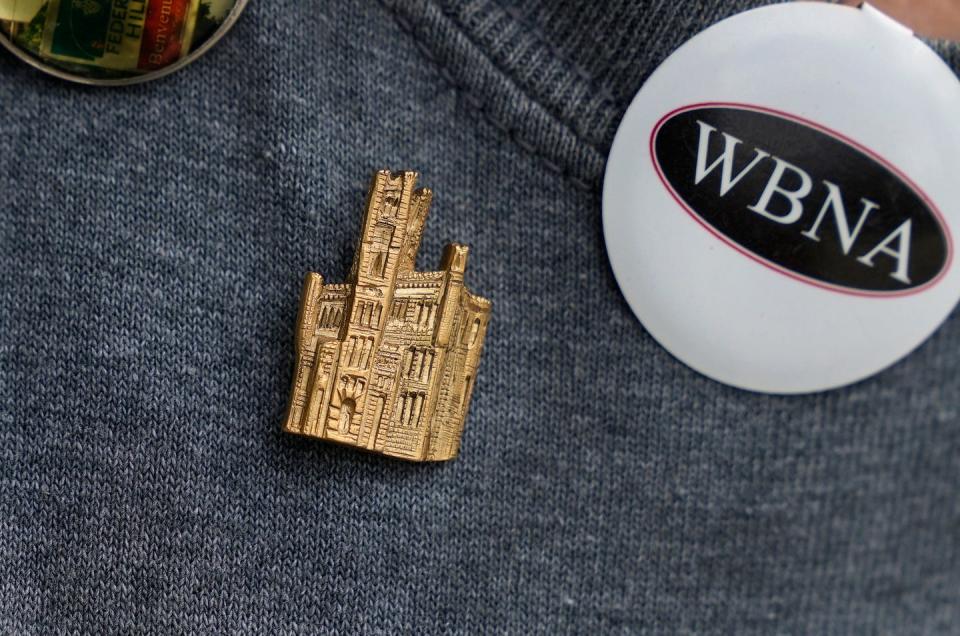
What could the space be? A graph of rapid-fire ideas tells readers: "Corporate Headquarters/Police Substation/Museum/Small Business Incubator/Marketplace/Sports Facility/Archives Storage/Brewery/Physics Lab/or any combination of the above."
Lang knows the 1907 building is a chameleon, able to adapt to any need. Her father once ran track there. Polio vaccines were distributed there. Gubernatorial inauguration balls were held there. And last winter, the neighborhood saw the Armory transform overnight into a warming site and homeless shelter.
Most people seem to agree it's a treasure, but no one with any power seems to want to do anything with it.
"I guess from my point of view," said Ritz, "I just can't understand why there isn't any elected state leadership that has any political will, seemingly, to actuate a historic building that is so majestic in nature and a real gem of the entire state that's on the National Register."

More: Scout speaks out on Philly scandal, says RI officials acted 'bizarre' even before trip
Scout's redevelopment plan just the latest letdown
With the much-discussed proposal from urban design firm Scout Ltd. in question — a plan that would turn the Armory into a soccer complex with offices and retail space — neighbors once again are in a familiar place, feeling defeated and wondering when they will see progress, if ever.
The nearly $57 million plan was hatched under Gov. Gina Raimondo's administration, when Scout won a contest for the best reuse proposal for the Armory.
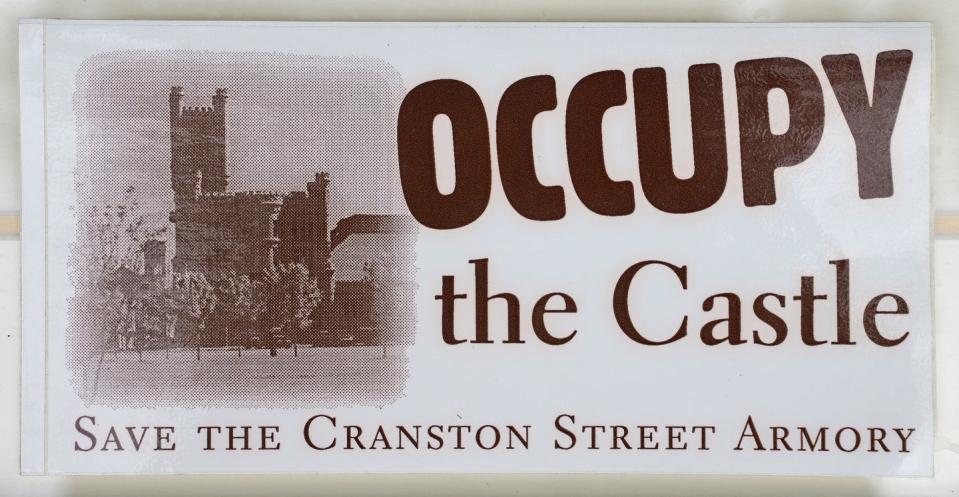
Questions over the viability of the plan have lingered since a now-infamous episode in which David Patten, former head of the state's property management division, traveled to Philadelphia to view a previous Scout project and allegedly exhibited racist and sexist behavior in a scandal covered even by The Washington Post.
As of June 30, the state said "no decision has been made" on whether Scout's project would move forward, and no money for the project was included in the FY 2024 budget. It's just another letdown, community members say.
"Now for the state to ruin it, it flies in the face of all the neighbors and all the community that — some for decades — have been working hard to create a nice use of that building that's inclusive of everyone," said Ritz.
More on The Armory: The Armory generated hundreds of EMS calls while open. Did it strain rescue resources?
Part of the decision-making process involves an in-progress study from real estate firm Jones Lang LaSalle, or JLL. The state offered JLL $84,000 to review the Scout project, assess the condition of the Armory and provide analysis on the real estate market.
Department of Administration spokeswoman Laura Hart said the report was supposed to be released in May "but was delayed due to some outstanding questions which [Scout] has since answered."
The final report is set to be completed in the coming weeks, Hart said.
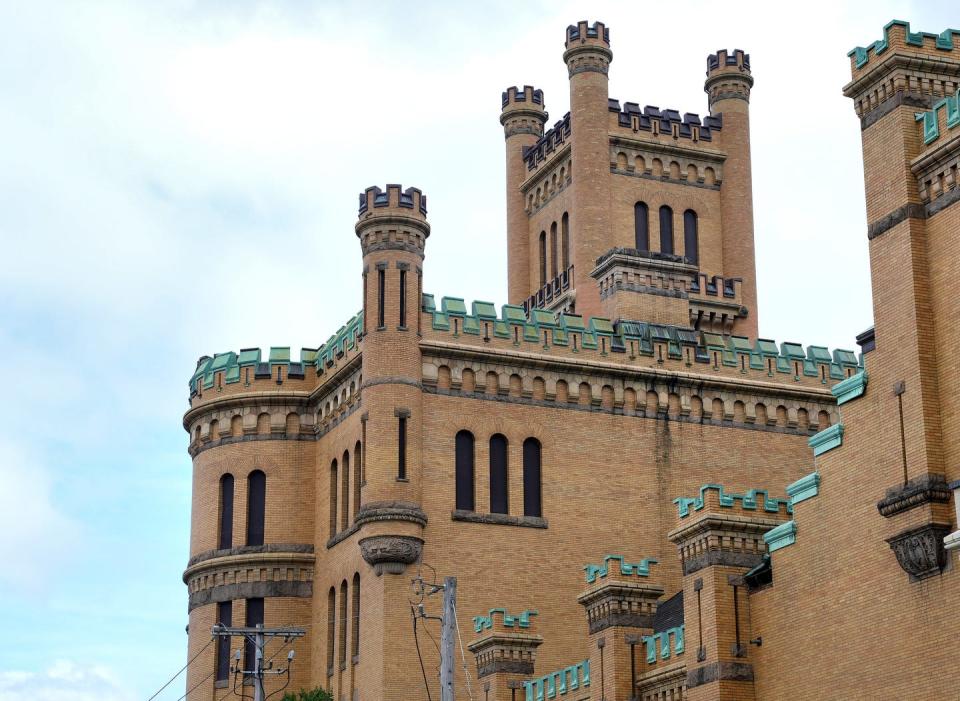
New York is doing it. Why can't Providence?
Alban Bassuet, an associate principal at design firm Arup who teaches at the Rhode Island School of Design, has helped create spaces like the Greek National Opera House and Switzerland's Le Rosey Concert Hall. He also had a hand in the renovation of the Park Avenue Armory in New York City, which was repurposed some 10 years ago as a space for the arts.
"Today, the Park Avenue Armory is the first platform for contemporary art in the world," Bassuet said. "It really took off. And it’s not the only success."
Even the 140-year-old Domino Sugar Factory in Brooklyn is getting a new lease on life, with construction starting last year to convert the cavernous space into offices and apartments over the course of years.
After moving to Providence in 2017, Bassuet campaigned for something more to be done with the Cranston Street Armory, recognizing its "capacity to become a very interesting place for arts and culture," but he concedes that maybe he's too optimistic.
"Maybe New York and Brooklyn have a greater thirst for those avant-garde, contemporary events," he said, calling it possibly "a bit of blue-sky" thinking to imagine Providence would be receptive to reimagining the Armory.
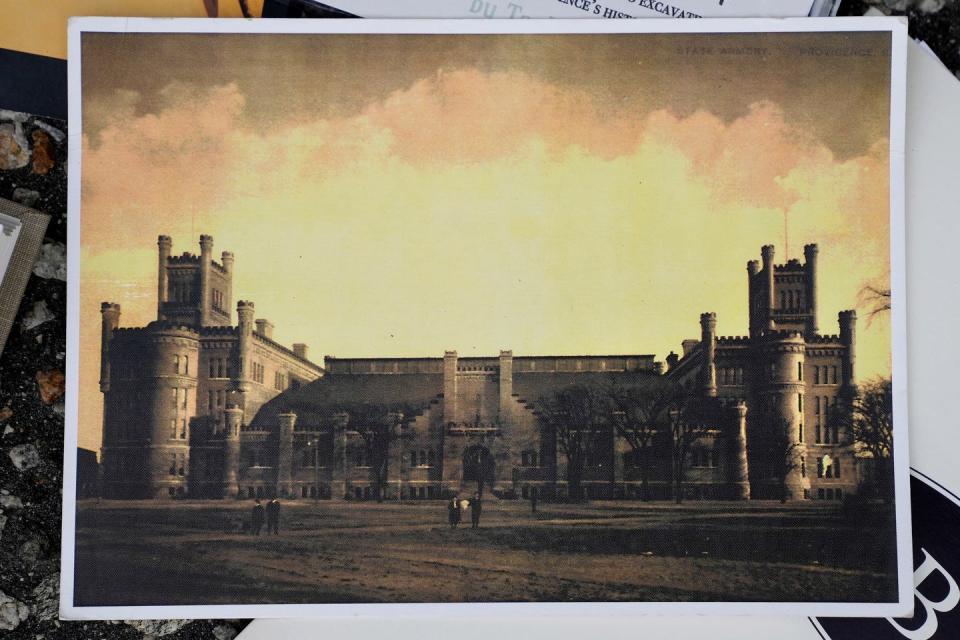
The governor can still do what's right, Armory neighbor says
WBNA Executive Director Siobhan Callahan remembers the days when hope for the armory was brighter.
"There was so much excitement last fall. They were setting up plans for the public to start coming into the building again with the World Cup watch party," she said. "And I think lots of people who had never been in were looking forward to getting inside the building, getting a look at it, and so that was disheartening."
Joe Roch, a real estate broker who lives on Hammond Street and has resided near the Armory for 15 years, feels his community is paying the price for the Patten scandal, as Scout's plan remains on the rocks.
"The horrible inexcusable behavior that’s so embarrassing for our state, our neighborhood is now being punished for it," Roch said. "We’re still here left with a derelict building and no sort of end game. So I think we feel unified in that."
"I think that the governor still has time to do the right thing," Roch said. "And I hope he does."
This article originally appeared on The Providence Journal: Cranston Street Armory a record of Providence neighbors' broken dreams
